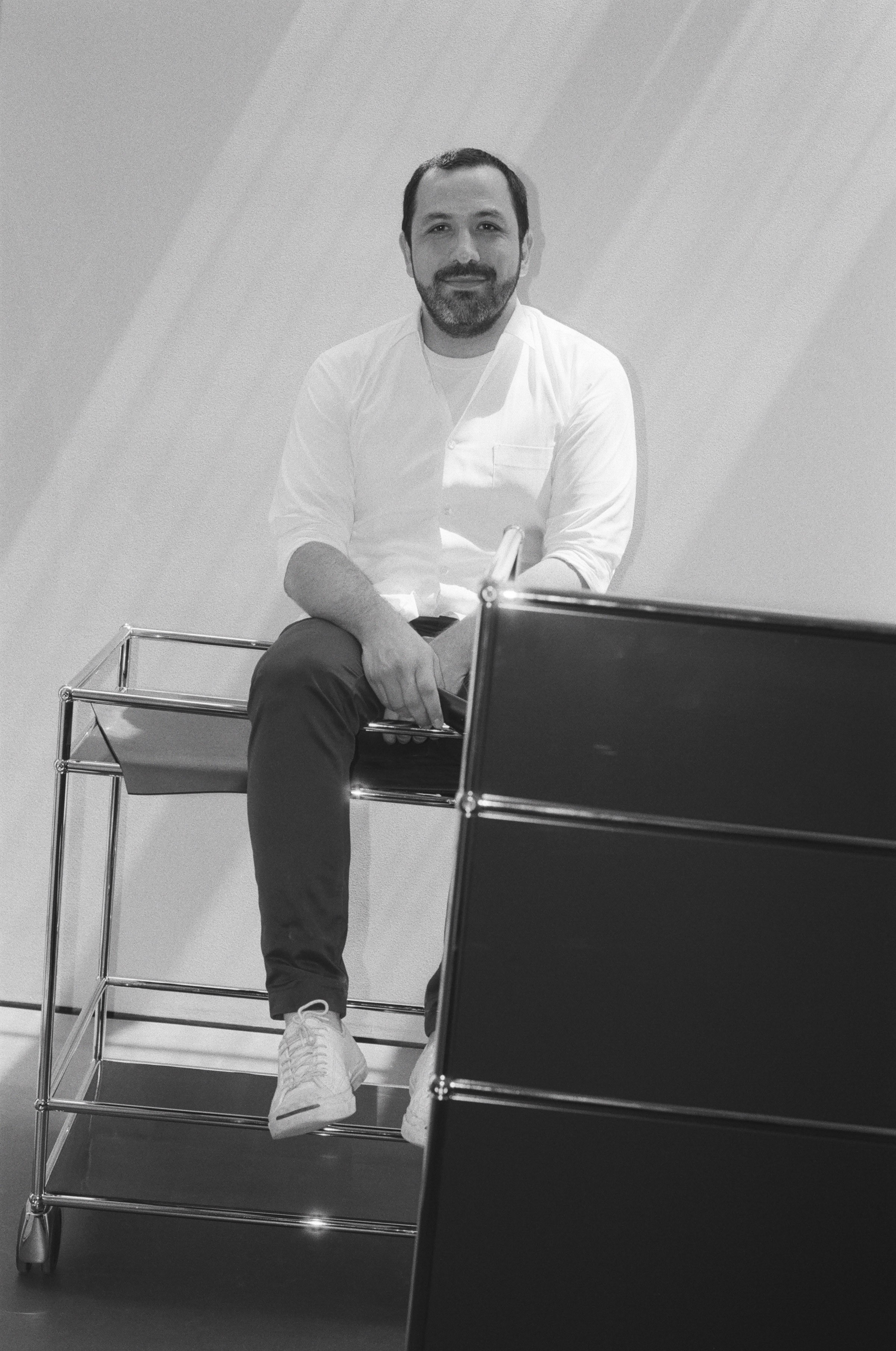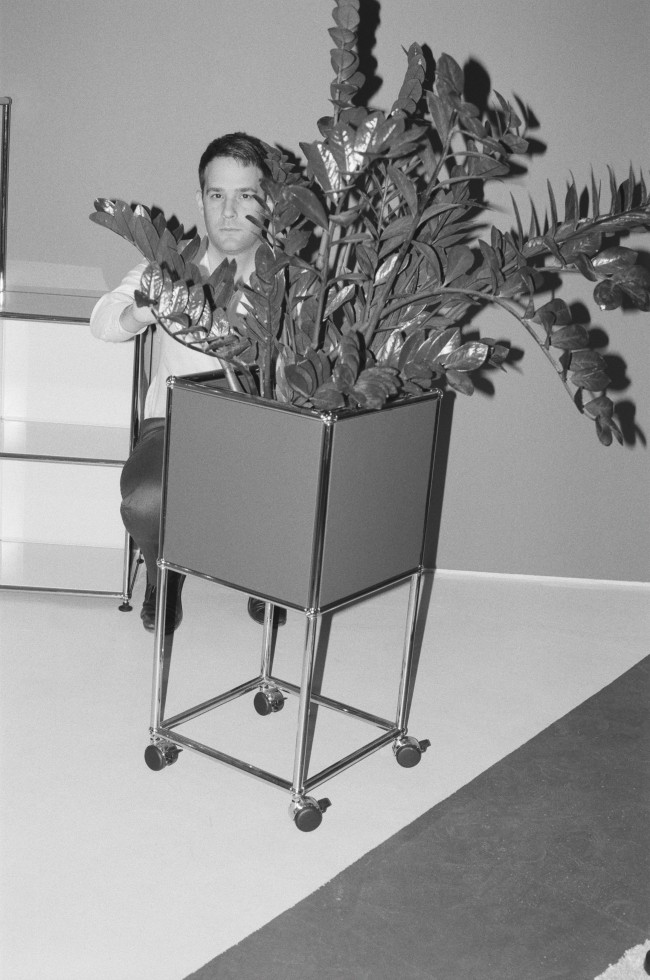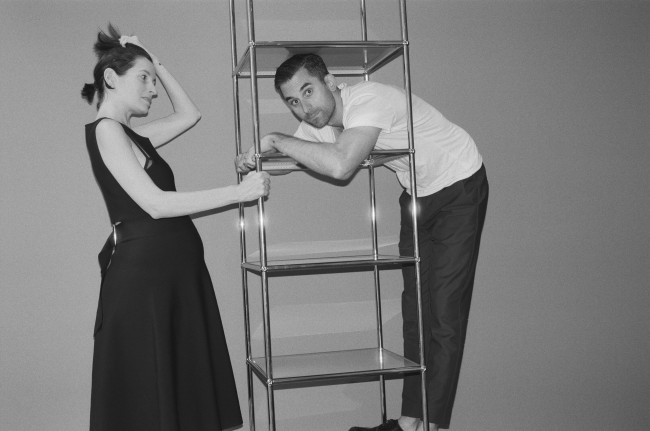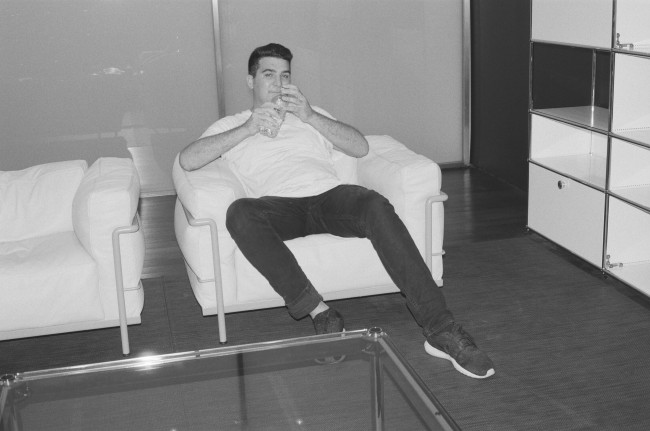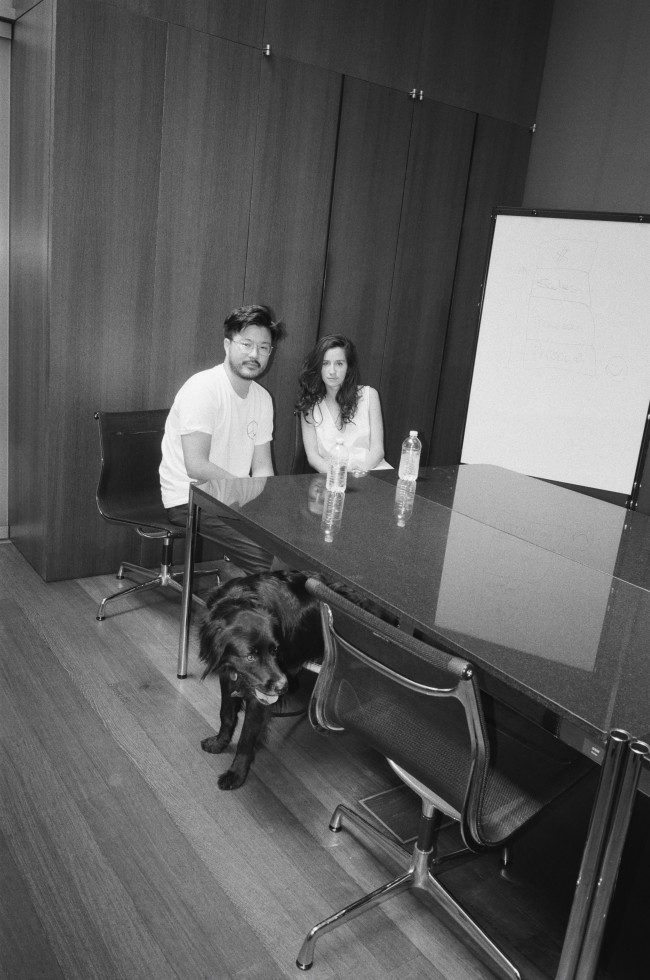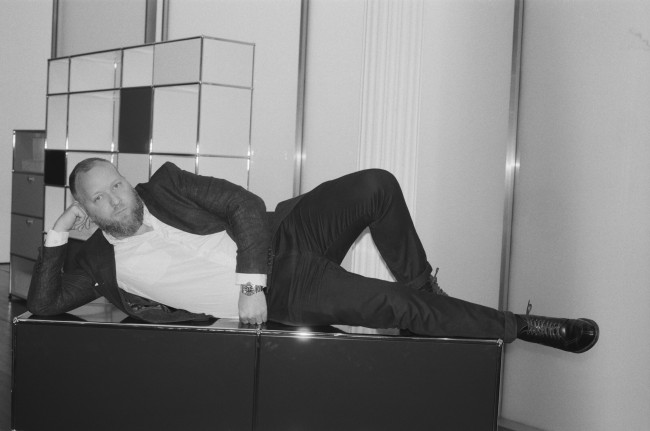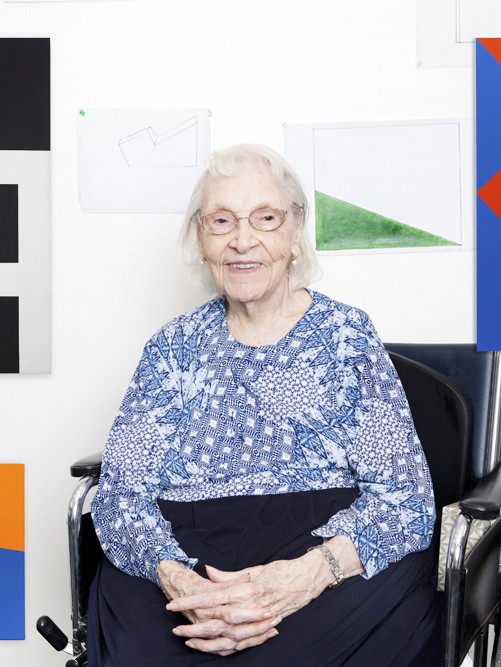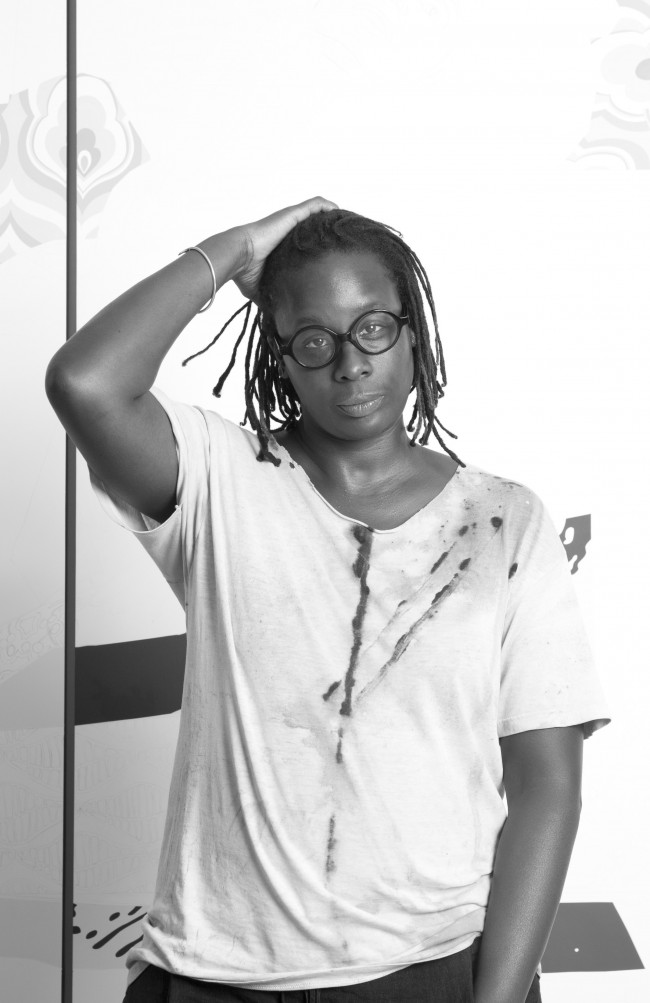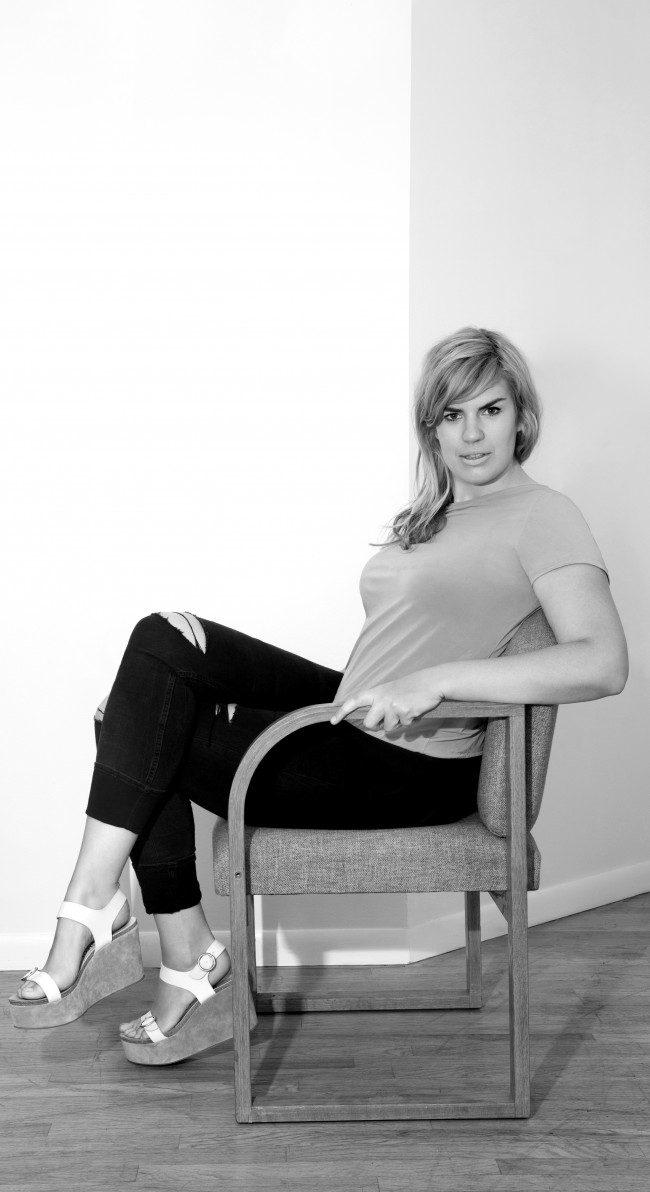NEW POWER GENERATION: BÜRO KORAY DUMAN
Turkish-born Koray Duman first studied architecture in Ankara at a school that taught a strong Modernist canon. “Formal experimentation was a big sin,” he remembers. It was UCLA’s graduate program that allowed the young architect to explore alternatives to traditional design conventions. “Digital technology was a front runner with studio instructors like Greg Lynn and Mark Rakatansky, and there was also the influence of formal experimentation from Los Angeles architects like Thom Mayne and Michael Maltzan.” After working under Frederick Fisher for five years, Duman decided to move to New York in 2009 to practice under his own name, first as Sayigh Duman Architects and since 2013 as Büro Koray Duman. “We believe in the power of architecture to challenge our perceptions of everyday life and, at times, to shock and surprise us,” explains the 39-year-old.
Among the standout projects put forward by Büro is a proposal for an Islamic cultural center in New York, which garnered the seven-man firm the 2015 Architect’s Newspaper Best of Unbuilt award. Inside its diaphanous envelope — intended to foster openness between the city’s different communities, among them nearly a million Muslims — the proposal seeks inspiration from the Turkish tradition of the külliye (a complex of buildings surrounding a mosque), though due to the constraints of building in Manhattan, the usually horizontal typology is tipped sideways. The resulting tower stacks up 100,000 square feet of cultural-programming blocks that are wrapped in a patterned screen reminiscent of traditional North African and Middle Eastern architecture. For Duman, the project was a chance to expand the architect’s role beyond that of a mere facilitator of clients’ whims — “We were a part of defining the project, not merely the creative problem solvers,” he attests.
Earlier this year Büro unveiled another conceptual project, this time for the non-profit Design Trust for Public Space. Reimagining a disused stretch below the Brooklyn Queens Expressway, Duman’s two “Under the BQE” proposals offer a sequence of either sporting facilities or food-truck lots beneath a creased canopy of soundproofing and artificial lights. Duman’s appetite for surprise can also be scaled to more domestic levels, such as in the backyard of a private Manhattan residence, where a brick wall is folded like origami to form a waterfall and is complemented by bespoke furniture that echoes its folded planes. And in the conversion of a four-story Harlem manufacturing building into an artist’s studio, Duman combined production facilities with exhibition space — “a unique hybrid,” as he describes it. Attention to detail at every scale is what really drives him, and for each project his office undertakes, no matter how large or small, he tries to stage “at least one moment that is ‘out of the box,’ yet which also responds to the client’s needs. It’s these moments that allow clients to realize the true value of design.”
Photography by Rachel Chandler. Photographed at USM New York shoowroom.
The New Power Generation Portfolio Special is a collaboration between PIN–UP and Architizer, the leading online resource for architecture, which is empowering the profession through its vast building database, daily content, Source marketplace and the global awards program for today’s best architects, the A+Awards.
Taken from PIN–UP No. 21, Fall Winter 2016/17.

